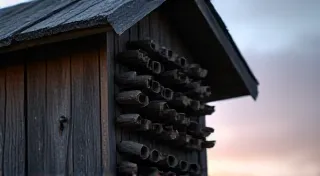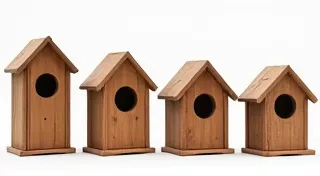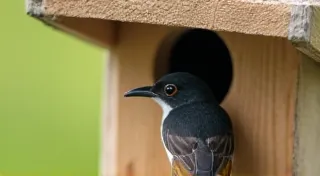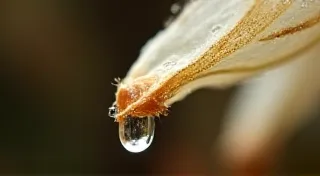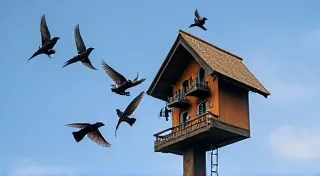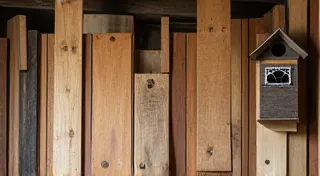Bird House Dimensions: Ideal Sizes for Different Species
Providing a safe and suitable home for birds is a rewarding experience. While building a bird house might seem straightforward, getting the dimensions right is crucial for the comfort and safety of the nesting birds. Too small, and they’re cramped; too large, and it invites predators or competing birds. This guide details ideal interior dimensions for various bird species, allowing you to build bird houses that are perfectly sized for their needs. Understanding these guidelines ensures you’re providing a functional and appreciated wildlife habitat. Beyond the simple box, some bird enthusiasts enjoy crafting more elaborate structures; if you're interested in a more ornate approach, consider exploring a Victorian bird house project for inspiration.
Why Bird House Dimensions Matter
Bird house dimensions aren't arbitrary. They impact everything from the ability of the bird to comfortably enter and exit the nest box, to their ability to regulate temperature, and protect their young. Incorrect dimensions can lead to:
- Predator Access: Large openings invite larger birds and other predators.
- Competition: Incorrect sizes can encourage competition from aggressive species.
- Temperature Regulation: Proper size helps birds maintain a stable temperature for their eggs and chicks.
- Limited Space: Cramped spaces can stress the birds and affect the survival rate of young.
Common Bird Species and Their Ideal Nest Box Sizes
Let’s explore dimensions for some popular bird species you might want to attract to your yard. All dimensions listed are interior measurements, meaning from the inside of the front wall to the back wall. Entrance hole size is just as important; it’s included with each species. Before we dive into specific dimensions, it's worth noting that a successful birdhouse isn’t just about size; it's also about the construction materials. Using untreated wood is paramount for the safety of the nesting birds. Ensuring that birds have a safe and well-maintained home is a responsibility we can embrace. For those serious about attracting specific species, learning more about building a bluebird nest box – encompassing both design and placement – is a great first step.
Bluebirds (Eastern, Western, and Mountain)
Bluebirds are highly desirable nesters and relatively easy to attract. Providing the right sized box increases your chances. Building a suitable nest box for these beautiful birds is incredibly rewarding. If you're just starting out, many find it helpful to follow detailed building a bluebird nest box plans to ensure everything is perfect.
- Floor: 5" x 5"
- Height: 8" - 10"
- Entrance Hole Diameter: 1 ½"
- Height Above Ground: 5' - 10'
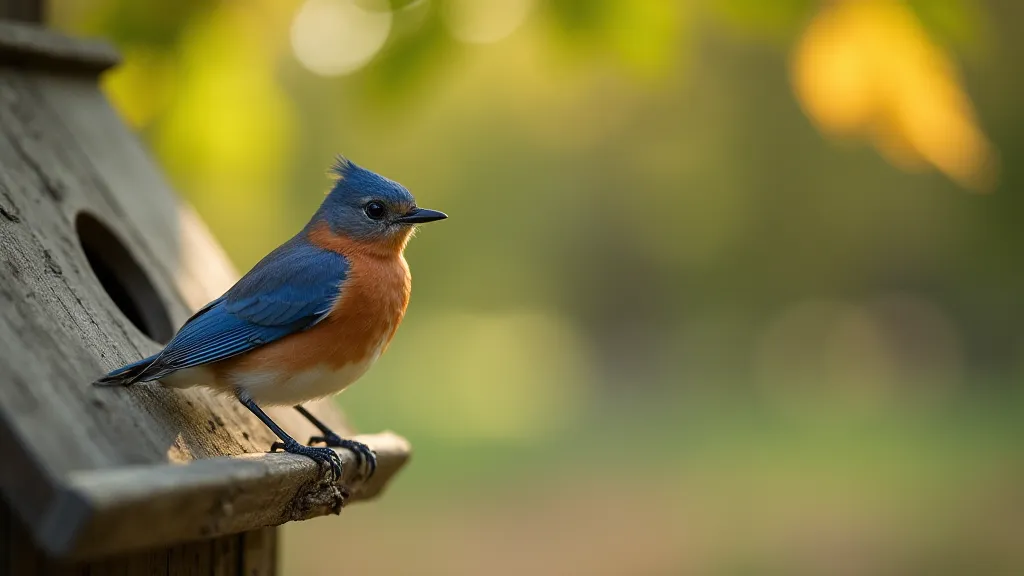
Wrens (House Wren, Carolina Wren)
Wrens are energetic and often vocal, making them delightful additions to any garden.
- Floor: 4" x 4"
- Height: 6" - 6 ½"
- Entrance Hole Diameter: 1 ¼"
- Height Above Ground: 6' - 10'
Chickadees (Black-capped Chickadee, Carolina Chickadee)
Chickadees are active and curious birds. They prefer smaller, more discreet nest boxes.
- Floor: 4" x 4"
- Height: 8" - 10"
- Entrance Hole Diameter: 1 ⅛"
- Height Above Ground: 6' - 15'
Purple Martins
Purple Martins are colonial birds, requiring multi-compartment houses. Individual compartments need specific dimensions. Providing a safe and attractive space for Purple Martins can significantly enhance your local ecosystem. Sometimes, attracting them involves more than just the right dimensions—creating a visually appealing and welcoming structure can also make a difference. Understanding the specific needs of these birds and ensuring their habitat is secure are vital parts of bird conservation.
- Compartment Floor: 6" x 6"
- Compartment Height: 6"
- Entrance Hole Diameter: 2 ½"
- Height Above Ground: 10' - 20'
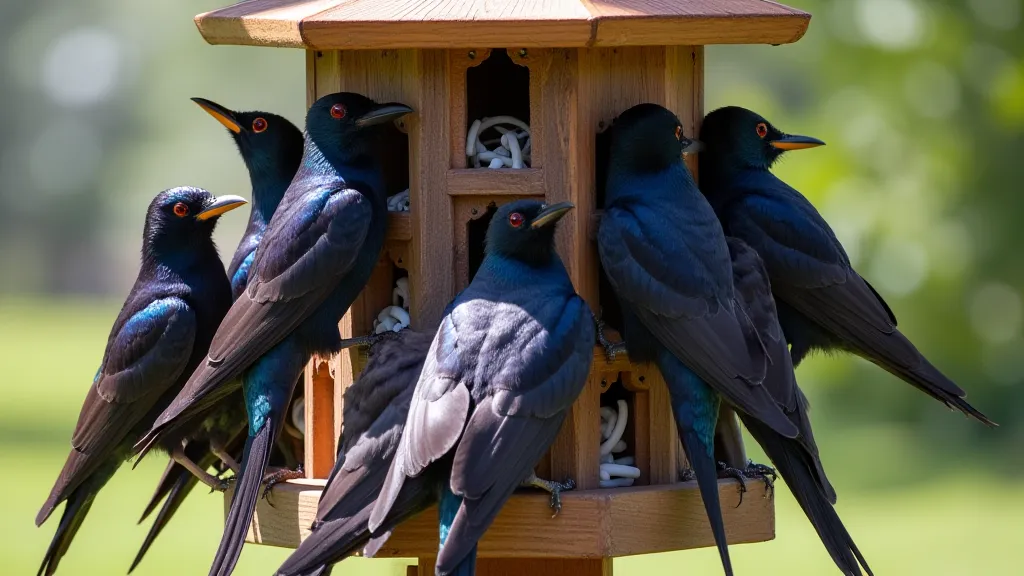
Tree Swallows
Tree Swallows are graceful birds that readily accept nest boxes.
- Floor: 5" x 5"
- Height: 10"
- Entrance Hole Diameter: 1 ¾"
- Height Above Ground: 6' - 15'
Wood Ducks
Wood Ducks prefer larger boxes, often near water. Their nest boxes are distinct in their design. The importance of location can’t be overstated when it comes to Wood Ducks. Ensuring easy access to water and avoiding areas frequented by predators are critical for their success. Constructing a sturdy and well-placed nest box is an investment in the wellbeing of these unique birds. It is essential to not only provide the correct dimensions but also to consider the bird's specific environmental needs. Thinking about the delicate ecosystem in which these birds live will help in ensuring their safety and wellbeing.
- Floor: 10" x 10"
- Height: 24"
- Entrance Hole Diameter: 3" (Oval Shape Preferred)
- Height Above Ground: 4' - 12'
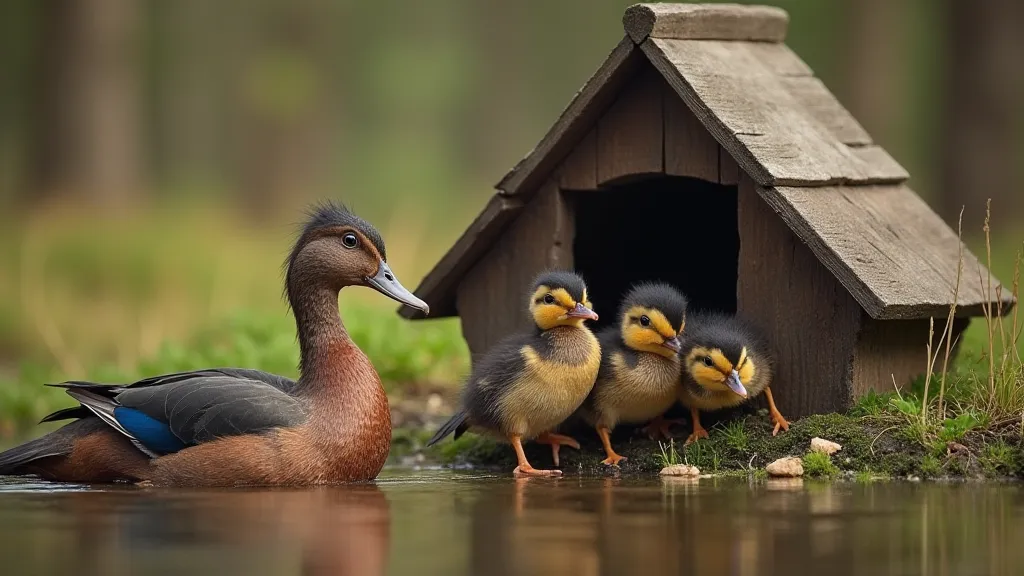
Important Considerations
Beyond the dimensions themselves, several factors contribute to a bird-friendly nest box. The appeal of a birdhouse isn't always just about practicality; some individuals enjoy creating whimsical and imaginative designs that blend seamlessly into their gardens. For those seeking more elaborate and artistic projects, exploring a building a miniature fairy bird house might be an enchanting starting point. Thinking about the bird’s natural habitat and incorporating elements that reflect that can significantly enhance the birdhouse’s appeal and functionality. A well-designed birdhouse is not just a shelter; it's a work of art that complements the beauty of the garden.
- Entrance Hole Placement: Position the entrance hole high on the front wall to protect chicks from predators.
- Ventilation & Drainage: Ensure proper ventilation holes near the top of the box and drainage holes in the floor.
- Material: Use untreated wood, such as cedar or redwood, as these are naturally weather-resistant. Treating the wood can be detrimental to the birds.
- Cleaning: Clean the birdhouse annually, typically in late winter or early spring, to remove old nesting material and parasites.
- Predator Guards: Consider adding predator guards around the entrance hole to protect birds from cats, raccoons, and snakes.
- Habitat Enhancement: Supplement the birdhouse with native plants and shrubs to provide food and cover for birds.
Ultimately, providing a birdhouse is just one step in creating a bird-friendly habitat. By understanding the specific needs of different species and providing a safe and welcoming environment, we can all contribute to the conservation of these amazing creatures. Remember that providing not only shelter but also a holistic and enriching environment that mimics the bird's natural habitat greatly contributes to their wellbeing. For further guidance on enhancing your garden to benefit avian life, you might find valuable information on how to create optimal conditions for these wonderful creatures to thrive.
